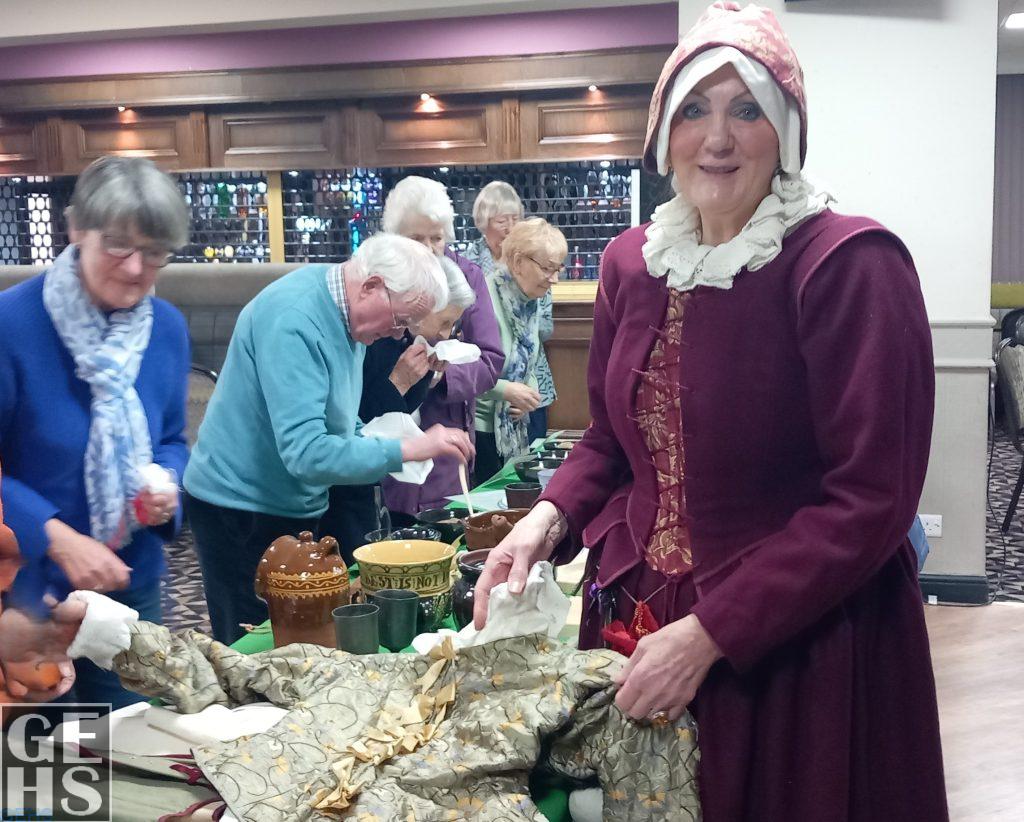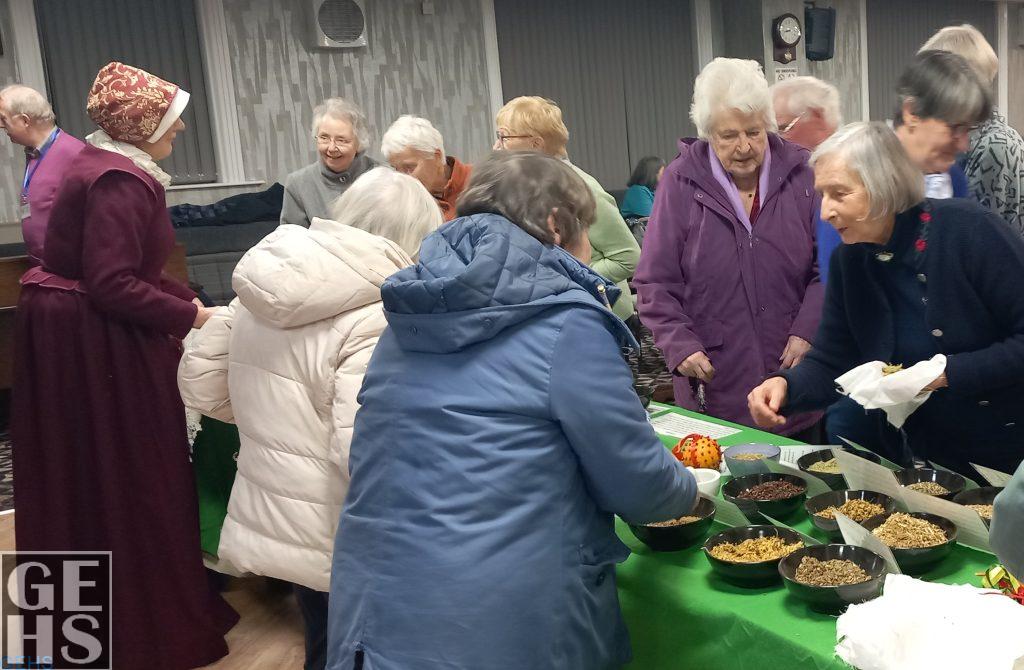Members Meeting – 12th March, 2025
Halifax Zoo and Amusement Park
The guest speaker for the March meeting was Christine Leveridge who enthralled a well attended meeting at Elland Working Men’s Club.
Christine’s talk was based on the short but spectacular account of the Halifax Zoo and Amusement Park. The Zoo was located at Chevinedge, Siddal in the early 1900’s and now is a housing estate. Many of the old photographs of the area and zoo had been found on old postcards and were shown in the presentation. More recent photographs of the area had been taken by Christine and were shown as a comparison.
May 1909 saw the opening of the Zoo and Amusement Park with an estimated crowd of 40,000 people. The local tram service from Halifax carried many visitors to the Salterhebble stop where they disembarked. The King Cross Band played in the afternoon and there was a firework display in the evening.
The zoo had a wide range of animals on display including an African elephant, a Russian bear, a lioness, a pair of wolves, a hyena, a white Arabian camel, leopard, Russian and Artic foxes, ducks and geese, pygmy cattle and pelicans. Add to this list polar bears, monkeys, yaks, zebras and a baboon and the crowds of visitors were well catered for.
The cages that housed the animals were rather basic and cramped for space. Reports of visitors taunting or poking animals with sticks or umbrellas were quite regular. The escape of two bears from the zoo caused great attention.
One spectacular event brought in the crowds was performed by Captain Spencer. A huge balloon was inflated with 15,000 cubit feet of gas which would carry Captain Spencer into the sky. Once inflated the balloon was seen shooting up some 4,00 feet carrying its passenger seated below with his parachute. The Captain made a safe descent by parachute and was then driven back to a cheering crowd of 10,000 people.
Sadly the Zoo was closed in 1916 due to the increased cost of animal feed and falling numbers in these war time years. Many animals were sold off and items found there way to other parks.

